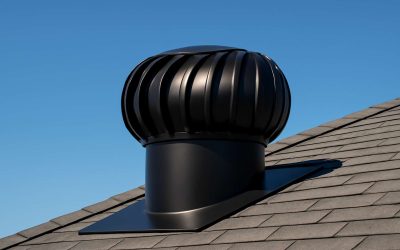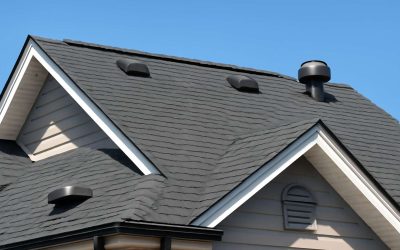
Having the right ventilation equipment can help improve your indoor air quality. Depending on your needs, you can choose from a range of different options including direct-drive fans, variable speed drives and exhaust fans. These tools can also help reduce noise.
Exhaust fans
Using exhaust fans can help to improve the quality of air in your home. They vent unwanted odors, moisture, and contaminants. They can also be used in places like garages, stores, and warehouses.
There are many different types of exhaust fans, so choose one that suits your needs. The most common locations for exhaust fans are bathrooms and kitchens. They are able to clear stale air, remove smoke, and disperse cooking fumes.
They can be integrated into your home’s heating and cooling system. If you use the exhaust fan in combination with a thermostat, you can control the amount of airflow and the temperature.
An exhaust fan is a ventilation system that is designed to push warm air from your home outside. This helps to keep your home cooler in the summer. It also helps to bring in fresh air.
Direct-drive fans
Choosing the right type of fan for ventilation is a decision that will depend on a variety of factors. For instance, the type of space you have to work with and the environment in which you will be operating can impact your choice. Depending on the environment, you may find that a direct-drive fan is the best option for your ventilation needs.
A direct-drive fan is designed for lower energy loss and lower maintenance costs. They also have a smaller footprint. They also are easier to clean. These fans are also more efficient. However, they are more noisy. If you plan on using a direct-drive fan, you should have a regular maintenance schedule.
Variable speed drives
Introducing variable speed drives for ventilation equipment is one of the most effective ways to improve building energy efficiency. It can save energy up to 30-50 percent over conventional speed applications. It can also improve flow conditions, reduce motor output and decrease mechanical stress on the motor.
In the HVAC industry, variable frequency drives are often installed on pumps and fans to adjust their speed based on system load. They are also being used on large compressors to reduce power consumption. The use of VFDs in the HVAC industry is growing.
Despite the benefits of variable speed drive control, there are some downsides. The costs and performance of VFDs have improved with the advent of power electronics technology. They are often equipped with features such as auto-starting, bypass starter schemes, and multiple auto-starting behaviors.
Noise reduction tools
Using noise reduction tools to decrease noise levels on the jobsite can be a good way to boost worker productivity and reduce worker compensation costs. But how can you best accomplish this goal? There are several techniques that can be implemented, including engine compartment dampening, sound barriers, and insulation.
The most important thing to remember is that it is not possible to completely eliminate noise from ventilation equipment. However, there are several ways to make it less noisy and more comfortable for workers.
A good starting point is to choose equipment that has a good airflow. This can be achieved by resetting dampers on axial flow fans or by changing the size of pulleys on centrifugal flow fans.
Filter surface area
Using an air filter in a ventilation system is a necessity. A properly installed filter will remove microbiological and other impurities from the air. If you’re thinking of replacing your old filter, you’ll need to do some research before you buy. The size and performance of your new filter is important.
To decide which of the many filters on the market will fit your needs, you’ll need to consider several factors. For example, how deep should the filter be? The depth of the air filter will also affect the overall cost. If you plan on replacing your current unit, be sure to ask your HVAC contractor for their advice.
COVID-19 pandemic
Increasing the ventilation of indoor spaces is a key step in reducing exposure to COVID-19 virus. In addition to lowering concentrations of airborne contaminants, good ventilation can also reduce the spread of other airborne infectious diseases.
Improved ventilation is essential for people who are not fully vaccinated. It can also protect children who are too young to be immunized.
Several studies have found that ventilation systems affect airborne infectious diseases. Some of these studies have shown that improving ventilation can reduce the number of infectious particles in the air, while others have suggested that ventilation systems can lead to the development of infectious diseases.
In an attempt to address concerns about the pandemic, the Food and Drug Administration (FDA) issued an umbrella emergency use authorization (EUA) on March 24, 2020 for certain ventilators, anesthesia gas machines, and accessories. The agency determined that these products met the safety criteria.



0 Comments